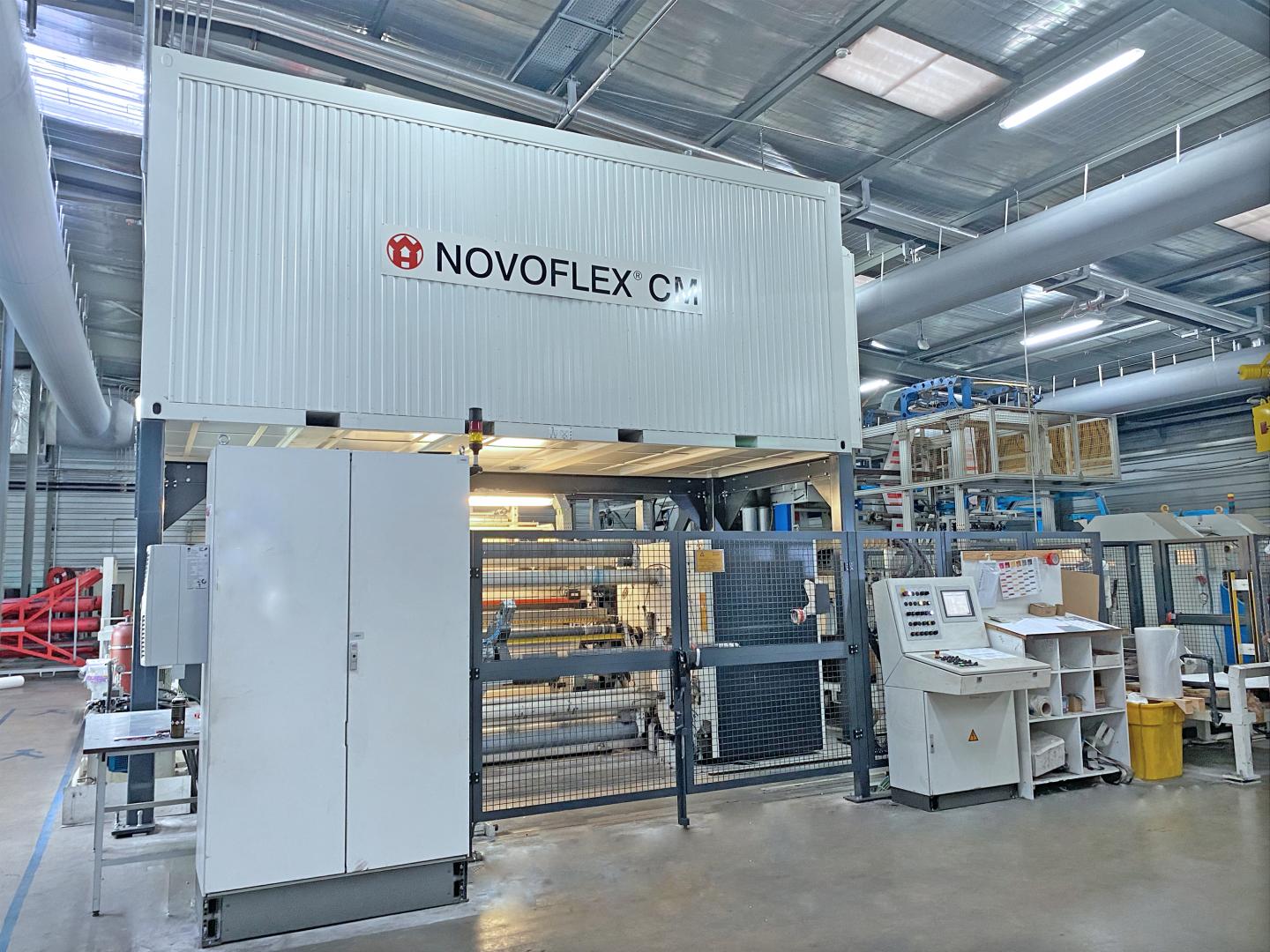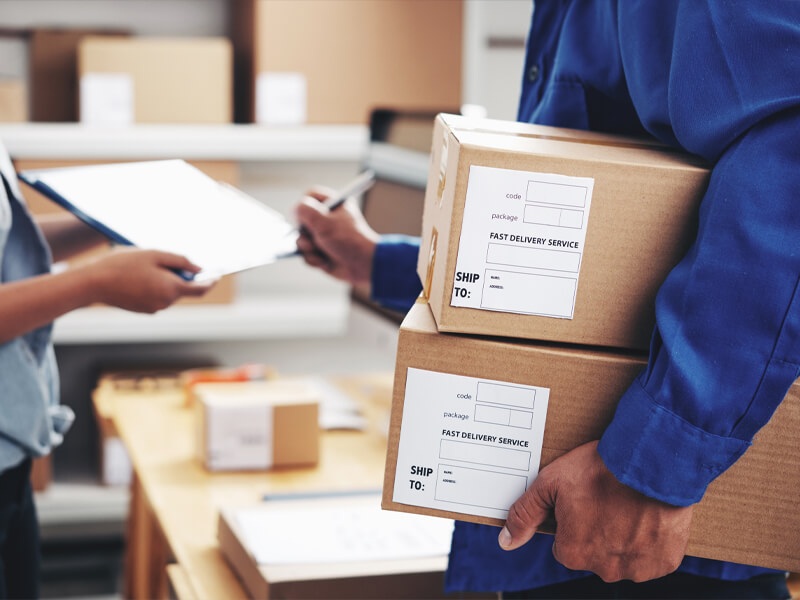Optimal Security: Industrial Packaging Solutions Tailored for Success
Wiki Article
Effective Industrial Recycling Solutions for Lasting Packaging: A Comprehensive Guide
In today's progressively environmentally-conscious globe, the demand for lasting product packaging solutions has actually never ever been higher. To satisfy this need, companies across markets are proactively looking for reliable commercial recycling solutions. However, navigating the complicated landscape of sustainable packaging can be testing without a comprehensive guide. That's where this thorough overview on efficient industrial recycling services for sustainable packaging is available in. By checking out essential areas such as packaging material choice, developing for recyclability, executing recycling facilities, collaborating with recycling partners, and tracking and measuring recycling success, this overview will outfit you with the expertise and devices necessary to make informed decisions and drive favorable change within your organization. Whether you're a packaging expert, sustainability manager, or simply thinking about the subject, this overview will provide useful understandings and methods to aid you browse the world of lasting packaging.Packaging Product Selection
The choice of product packaging products plays a crucial function in making certain the sustainability of commercial reusing solutions. When it pertains to lasting product packaging, the selection of materials is essential in lessening environmental effect and optimizing recycling effectiveness. Picking the best products can help in reducing waste generation, save sources, and promote a round economy.One essential element to consider in packaging material option is recyclability - bulk container recycling. Materials that can be easily recycled and incorporated back right into the manufacturing cycle are liked. For instance, materials like cardboard, paper, glass, and certain kinds of plastics can be reused several times without losing their quality. On the various other hand, products that are tough to reuse, such as blended plastics or non-recyclable compounds, can develop difficulties for the recycling process and might wind up in burners or landfills.
An additional consideration is the use of eco-friendly and biodegradable materials. Product packaging made from renewable energies, such as plant-based plastics or biopolymers, can help in reducing reliance on fossil fuels and reduce environment change. In addition, naturally degradable materials break down normally with time, minimizing the buildup of waste in landfills.
In addition, the weight and quantity of packaging materials must be decreased to lower transportation costs and power usage. Light-weight materials not just require less sources throughout production but likewise add to decrease carbon emissions throughout transport.
Creating for Recyclability
Product packaging designers need to focus on the usage of materials that are extensively accepted for recycling and have developed recycling frameworks. Materials such as glass, aluminum, and certain types of plastic, like Animal and HDPE, are frequently reused and need to be preferred over materials that are tough or costly to recycle.Another vital factor to consider in designing for recyclability is the removal of unneeded parts or products. By lessening the number of layers, finishings, and added elements, product packaging can be made easier and simpler to reuse. In addition, designers should aim to decrease using combined materials, as they can complicate the recycling procedure.

Implementing Recycling Infrastructure
Reliable execution of recycling framework is essential for the success of industrial reusing options. Without proper framework in position, the reusing procedure comes to be ineffective and inefficient, impeding the general objective of lasting product packaging.To apply recycling facilities properly, numerous vital variables require to be thought about. Firstly, there must be an efficient collection system that helps with the splitting up and collection of recyclable products. This can consist of marked recycling bins in public areas, along with collaborations with waste management companies for curbside pickup and sorting.
When accumulated, the recyclable products require to be delivered to reusing centers in a prompt way. This calls for reliable logistics and transport networks, ensuring that the materials reach the appropriate facilities right away.
At the recycling facilities, advanced sorting and processing innovations need to remain in area to separate different kinds of materials successfully. This consists of using automated sorting devices, optical scanners, and hands-on sorting strategies.
In addition, there need to be a durable market demand for recycled materials. This can be achieved via collaborations with manufacturers and industries that use recycled products in their manufacturing processes. Creating a stable market for recycled products incentivizes the reusing market and promotes the round economic situation.
Collaborating With Recycling Allies

One secret element of working together with recycling companions is the establishment of clear communication channels. It is very important to develop open lines of communication to facilitate the exchange of info, updates, and responses. This allows both events to remain informed concerning the progress of reusing campaigns and attend to any type of challenges or issues that might develop.
Additionally, partnership can include joint efforts in designing and carrying out recycling programs. Recycling partners can provide important insights and advice why not try this out in establishing efficient collection systems and figuring out one of the most appropriate recycling technologies. By working together, businesses and recycling partners can maximize the reusing procedure and lessen waste.
In addition, partnership can prolong beyond the operational aspects of reusing. It can also encompass advocacy and education initiatives. By joining forces, businesses and reusing partners can increase awareness about the value of reusing and promote the fostering of lasting packaging practices among consumers and various other stakeholders.
Monitoring and Measuring Recycling Success
To make sure the effectiveness of commercial reusing options and the success of sustainable product packaging objectives, it is important for companies and their recycling partners to develop a thorough system for tracking and gauging recycling success (plastic container manufacturer). Tracking and gauging reusing success enables services to examine the impact of their recycling initiatives, identify locations for renovation, and established significant targets for future progressionOne means to track reusing success is with making use of data collection and analysis devices. By accumulating information on the quantity of product packaging waste created, the percent of waste that is recycled, and the kinds of products being reused, companies can obtain useful understandings right into their recycling performance. This information can then be assessed to recognize fads, patterns, and locations of inefficiency.
An additional crucial aspect of monitoring and gauging reusing success is developing clear and standardized metrics. This allows companies to contrast their performance versus sector standards and track their development with time. Metrics such as reusing prices, waste diversion rates, and greenhouse gas discharges can provide a quantitative step of a service's recycling success.

Conclusion
In conclusion, executing efficient commercial recycling solutions for lasting packaging calls for cautious factor to consider of product packaging product choice, making for recyclability, executing recycling framework, teaming up with recycling companions, and tracking and measuring recycling success. By incorporating these techniques, organizations can add to a more sustainable and environmentally-friendly approach to packaging, minimizing waste and advertising the circular economic situation.By checking out essential areas such as product packaging product selection, developing for recyclability, executing reusing facilities, teaming up with reusing companions, and tracking and measuring recycling success, this overview will furnish you with the expertise and tools needed to make enlightened decisions and drive favorable modification within your organization. Packaging developers must prioritize the usage of materials that are extensively accepted for reusing and have established recycling frameworks.Cooperation with reusing partners is crucial for the successful implementation of industrial reusing services and the achievement of sustainable product site packaging goals. By signing up with forces, organizations and reusing partners can increase awareness regarding the importance of recycling and this hyperlink promote the adoption of lasting product packaging methods among consumers and various other stakeholders.
By gathering information on the amount of product packaging waste created, the percent of waste that is recycled, and the types of products being reused, services can obtain important understandings right into their reusing performance.
Report this wiki page